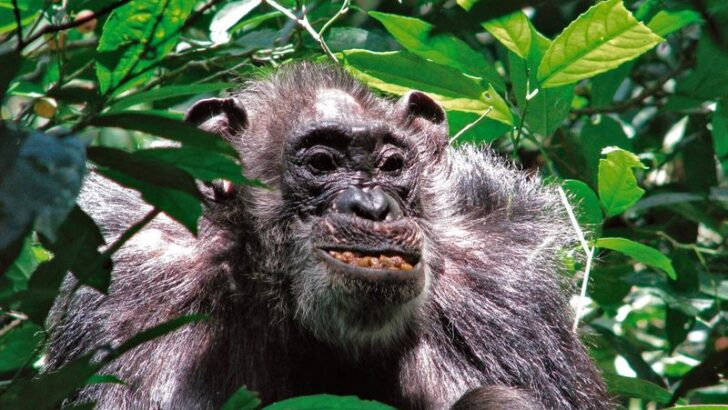Did you ever wonder how long your favorite animal might live? Some species can outlive us, while others barely make it past a few years.
We’re diving into the fascinating world of animal lifespans—comparing the lives of 20 creatures from across the animal kingdom. From the tiny fruit fly to the massive tortoise, we’ll reveal the surprising numbers behind how long each one lasts.
Prepare to be amazed by some shocking revelations! Did you know certain animals live far longer than you’d ever imagine? Others? Well, their time on Earth is much shorter than we could ever hope.
Let’s explore the facts that might just change how you see the creatures around you. Grab your curiosity and let’s see what the animal world has in store for us!
African Elephant
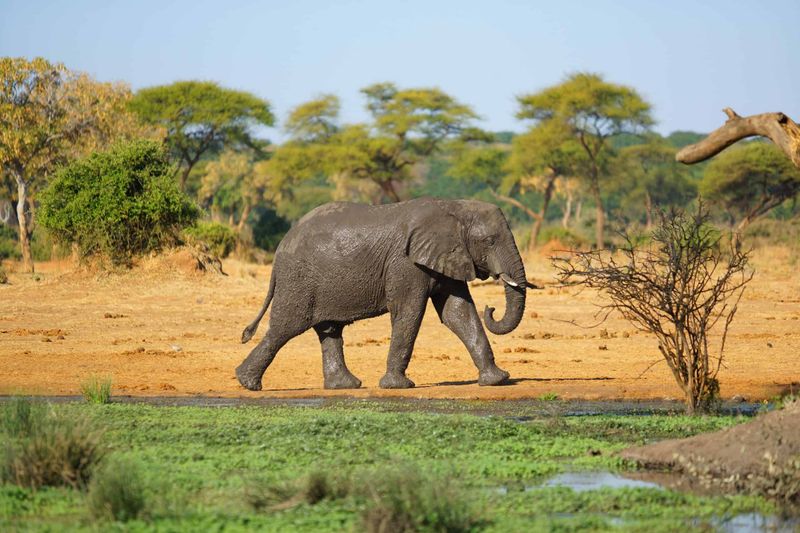
African Elephants are known for their impressive size and intelligence. They can live up to 70 years, making them one of the longest-lived land mammals. This longevity is attributed to their complex social structures and the protection provided by their herds.
Living in the vast savannahs of Africa, these gentle giants face threats such as poaching and habitat loss. Conservation efforts have been crucial in ensuring their survival. The bond between elephants in a herd is strong, often leading to shared responsibilities in caring for the young and elderly.
Galápagos Tortoise
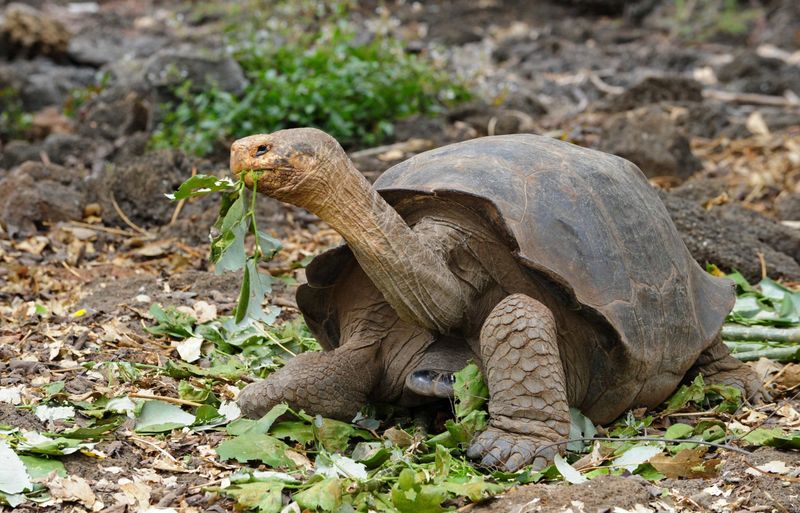
Galápagos Tortoises are iconic for their incredible lifespan, often exceeding 100 years. They are native to the Galápagos Islands and live in arid regions with minimal vegetation. These tortoises have adapted to harsh conditions by developing a slow metabolism.
Their unique shell shapes vary across different islands, playing a role in their survival. Human intervention and conservation efforts have helped increase their numbers. Their methodical movements and gentle nature make them fascinating creatures to observe.
Bowhead Whale

Bowhead Whales are among the longest-living mammals, with some individuals reaching over 200 years. Their longevity is attributed to their slow metabolism and the cold Arctic waters they inhabit. They are remarkable for their thick blubber, which provides insulation.
These whales navigate through the icy seas using sophisticated vocalizations. Despite being hunted extensively in the past, their numbers have shown recovery due to strict protection measures. Their long lifespan offers insights into aging and health.
Macaw Parrot

Macaw Parrots are known for their stunning plumage and intelligence. With an average lifespan of 50 years, they can live even longer in captivity. These birds form strong bonds with their mates and are highly social creatures.
In the wild, they reside in the rainforests of Central and South America, where they play a role in seed dispersal. However, habitat loss and illegal pet trade pose significant threats to their populations. Conservation programs are essential for their protection.
Greenland Shark
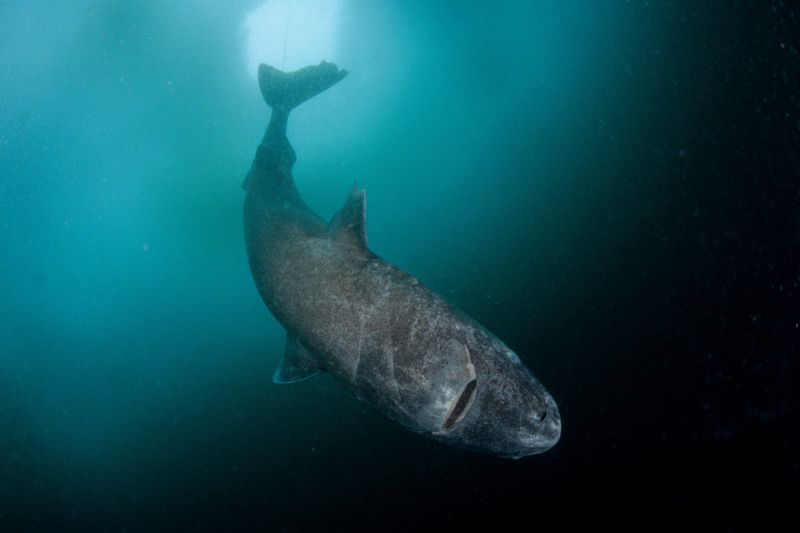
Greenland Sharks are extraordinary, with lifespans possibly extending to 400 years. These elusive creatures dwell in the cold, deep waters of the North Atlantic. Their sluggish nature and slow metabolism contribute to their longevity.
Despite their long lives, much about them remains unknown. They are slow-growing and primarily feed on fish and carrion. Their remarkable lifespan has piqued scientific interest, offering potential insights into aging and longevity.
Bald Eagle
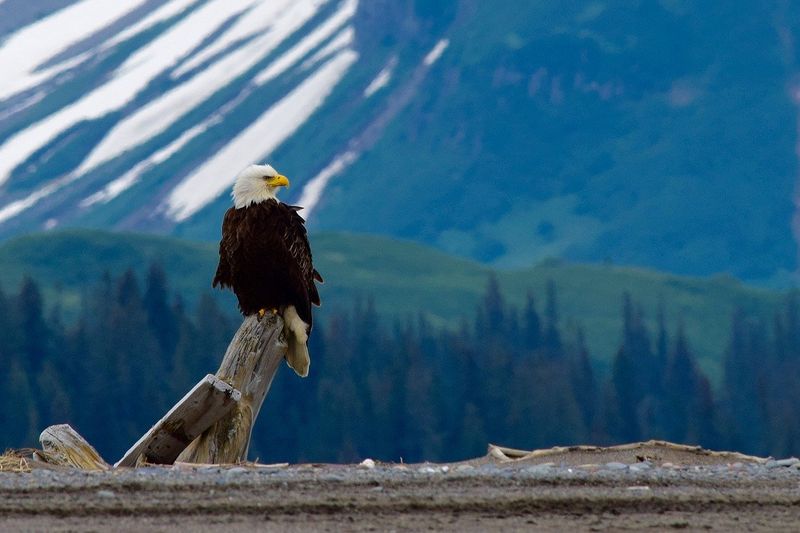
The Bald Eagle, a symbol of strength and freedom, typically lives around 20 years in the wild. Found in North America, these birds of prey have a distinctive white head and tail. They are skilled hunters, primarily feeding on fish.
Bald Eagles build large nests near water bodies and are known for their aerial acrobatics. Although they faced a decline due to pesticide use, conservation efforts have successfully restored their population. They are now a testament to successful wildlife recovery.
Koi Fish
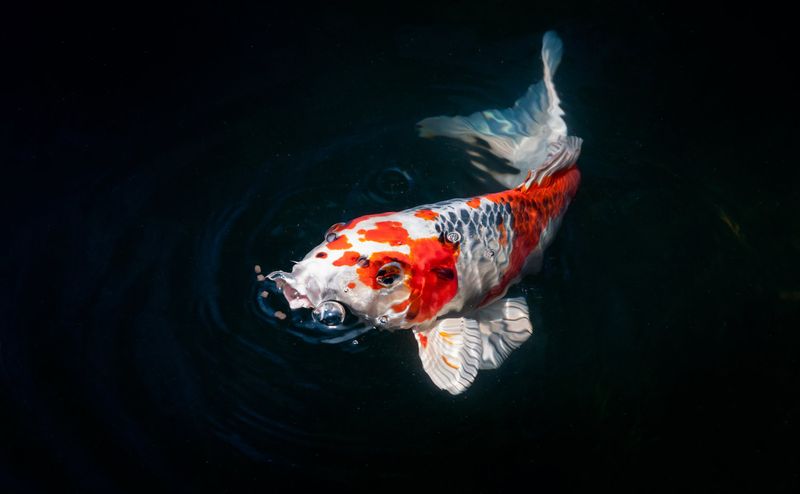
Koi Fish are adored for their beauty and grace. In ideal conditions, they can live up to 40 years, with some reaching even greater ages. These ornamental fish are often found in garden ponds, where they thrive in clean water.
Koi are known for their vibrant colors and patterns, which have been selectively bred over generations. Maintaining their habitat with proper care and feeding is crucial for their longevity. Their peaceful presence adds elegance to any water feature.
Queen Ant
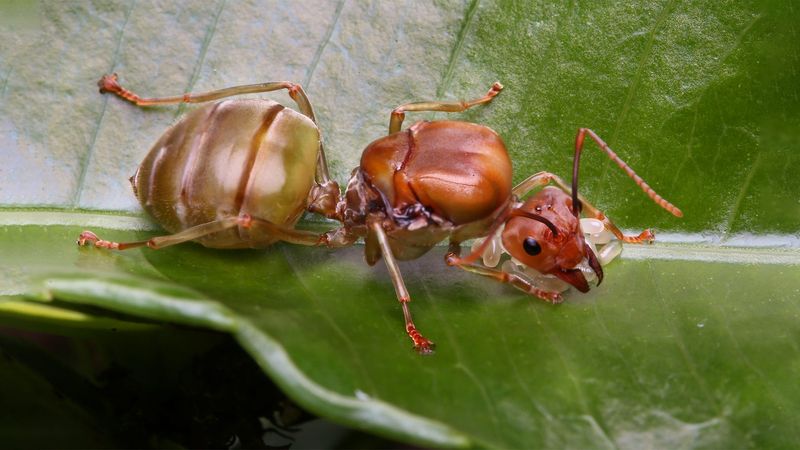
Queen Ants are essential to colony survival, with lifespans reaching up to 30 years. These reproductive females are larger than worker ants and play a vital role in egg-laying. Their longevity ensures the continuity of the colony’s life cycle.
Queens are well-protected within the nest and receive constant care from workers. Their success is a result of cooperation and division of labor within the colony. Understanding their life can offer insights into social insect behavior and organization.
Cockatoo
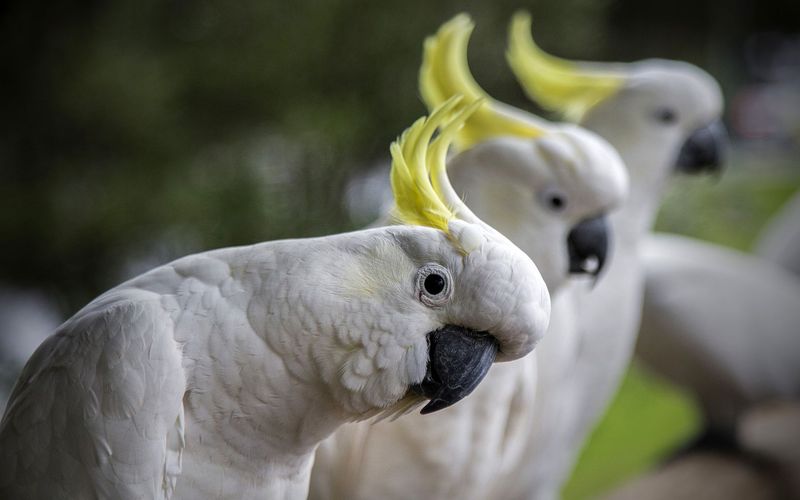
Cockatoos are charismatic birds, known for their sociable nature and intelligence. They can live up to 60 years, especially when well-cared for in captivity. Native to Australia and nearby islands, they thrive in diverse habitats.
These birds are highly interactive and require mental stimulation to prevent boredom. Cockatoos form strong bonds with their human companions, often becoming lifelong friends. Conservation efforts are essential to protect their natural habitats from destruction.
Ostrich

Ostriches are the largest birds on Earth, with lifespans of up to 40 years in the wild. Found in African savannahs, they are known for their speed and powerful legs. Ostriches are flightless but have adapted to their environment remarkably well.
They have a unique way of evading predators and can run at incredible speeds. Ostrich farming has become popular for their feathers, meat, and leather. These fascinating birds continue to captivate with their distinct appearance and behavior.
Lobster
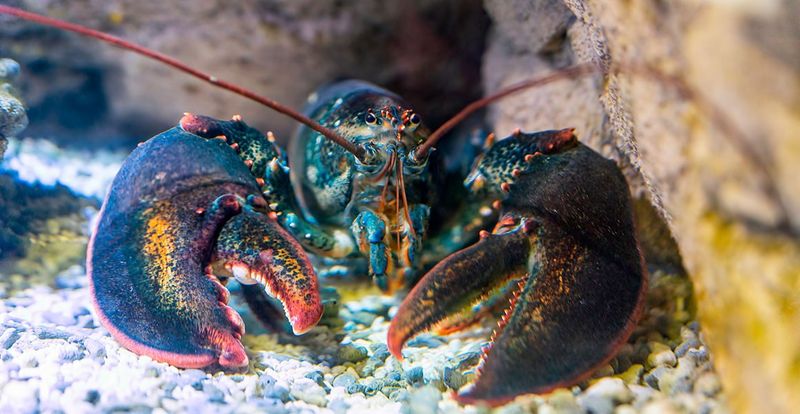
Lobsters are intriguing marine creatures, with some species living over 100 years. Their longevity is linked to their ability to continue growing throughout their lives. Residing in oceanic habitats, lobsters are known for their hard shells and powerful claws.
They play a vital role in marine ecosystems, serving as both predators and prey. Lobster populations are monitored to ensure sustainable fishing practices. Understanding their biology and life cycle offers insights into marine conservation.
Chimpanzee

Chimpanzees, our closest relatives, have an average lifespan of about 50 years in the wild. They inhabit the forests of central Africa and live in complex social groups. Their intelligence and use of tools are well-documented, reflecting their sophisticated behavior.
Conservation efforts focus on protecting their habitats from deforestation. Chimpanzees are also part of breeding programs in zoos worldwide, aiming to preserve their numbers. Their social dynamics and interactions are subjects of extensive research.
Andean Condor

The Andean Condor is a symbol of power and freedom, with a lifespan of up to 50 years. These massive birds are native to South America’s Andes mountains, where they glide effortlessly on thermal currents.
Andean Condors are scavengers, playing an essential role in their ecosystem. Conservation programs aim to protect their habitats and increase their populations. Their impressive wingspan and soaring abilities make them a magnificent sight in the wild.
Japanese Spider Crab
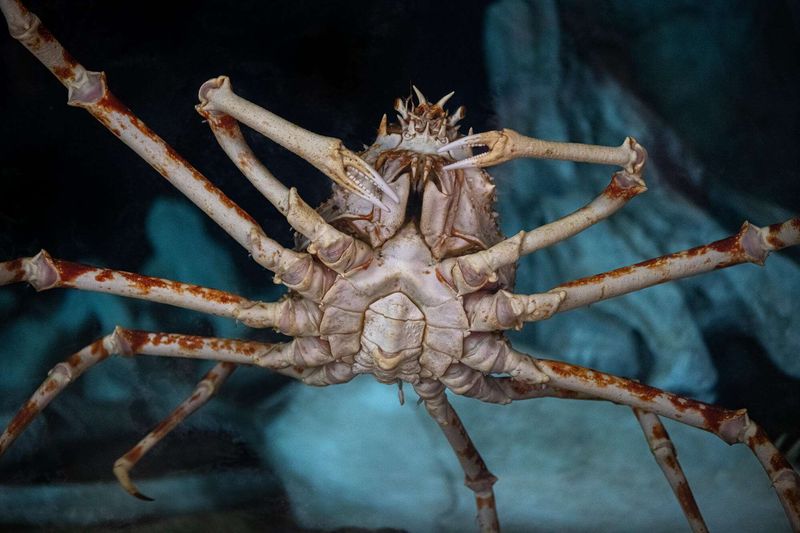
Japanese Spider Crabs are the largest arthropods, living up to 100 years in the ocean depths. Their long legs and unique appearance make them intriguing to marine biologists. These crabs reside in the waters around Japan, where they scavenge for food.
Their hard exoskeleton provides protection from predators. As they age, they undergo molting, shedding their old shells for new ones. Understanding their life cycle and behavior is crucial for marine conservation efforts.
Giant Panda
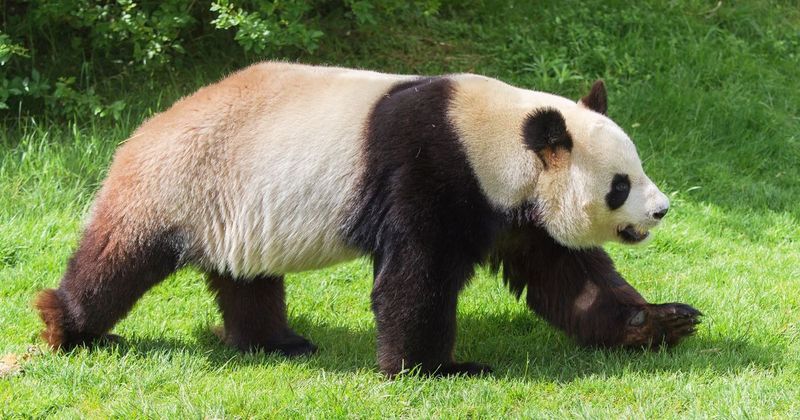
Giant Pandas, beloved worldwide, typically live up to 20 years in the wild. Native to China’s mountainous regions, they are known for their distinctive black and white markings. Bamboo constitutes a significant part of their diet.
Conservation efforts focus on habitat preservation and breeding programs. Pandas have become symbols of wildlife conservation. Their gentle demeanor and playful antics make them endearing to people of all ages. Their survival depends on continued global efforts.
Asian Elephant
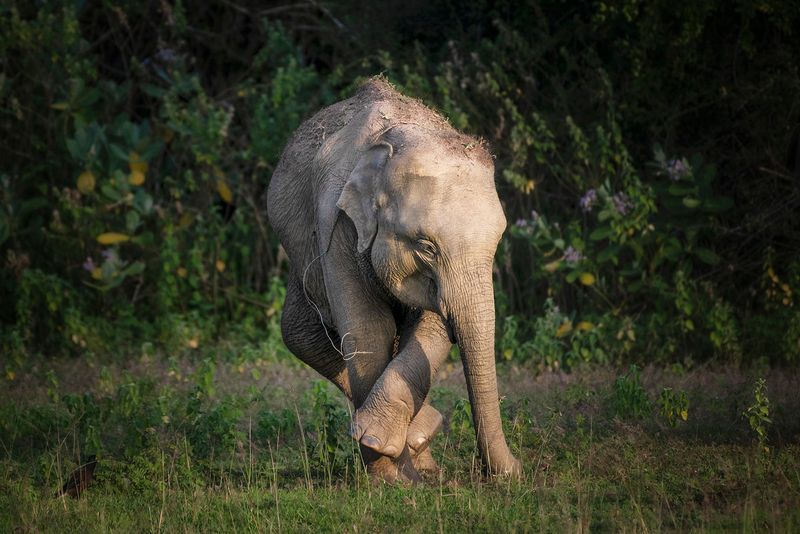
Asian Elephants are slightly smaller than their African counterparts, with lifespans of up to 60 years. Found in the forests of Asia, they are known for their intelligence and social structures. They play a vital role in their ecosystems by maintaining forest health.
Elephants are revered in many cultures and are often part of conservation programs. Their numbers are threatened by habitat loss and poaching. Understanding their behavior and needs is essential for effective protection.
Sperm Whale
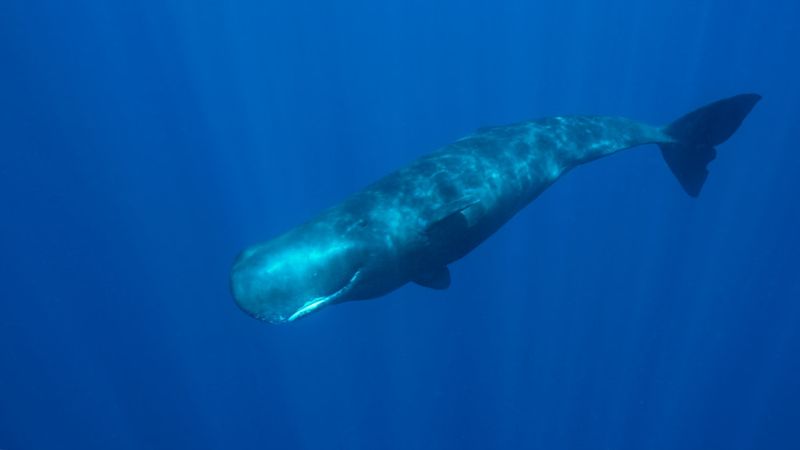
Sperm Whales are remarkable creatures with lifespans that can reach 70 years. They are known for their large brains and deep diving abilities, often plunging into the ocean’s depths to hunt for squid.
These whales communicate through complex vocalizations and have strong social bonds. Conservation efforts have focused on protecting them from hunting and monitoring their populations. The mysteries of their deep-sea existence continue to captivate scientists and nature enthusiasts.
Giraffe
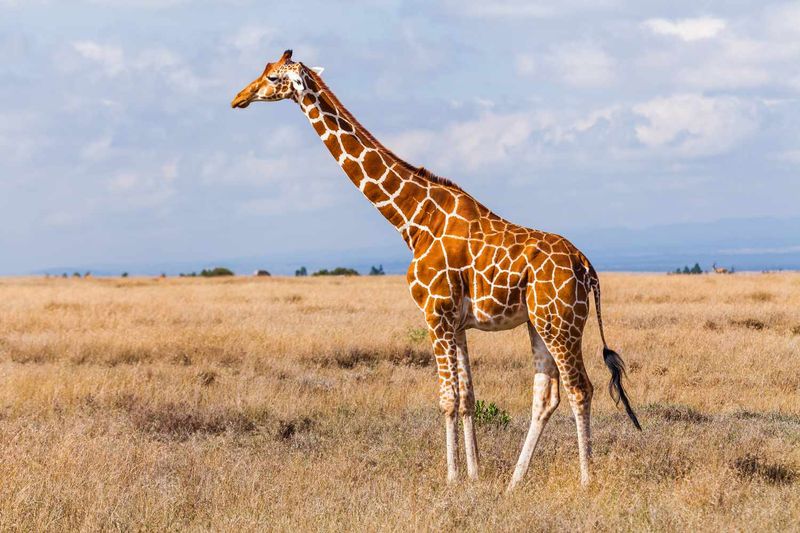
Giraffes, the tallest land animals, usually live around 25 years in the wild. These gentle giants roam the African savannah, feeding on leaves high in the trees. Their long necks and legs are distinctive features that aid in reaching food sources.
Giraffes are social animals, often found in groups called towers. Conservation efforts are underway to preserve their habitats from human encroachment. Their unique appearance and gentle nature make them a favorite among wildlife enthusiasts.
Gray Wolf
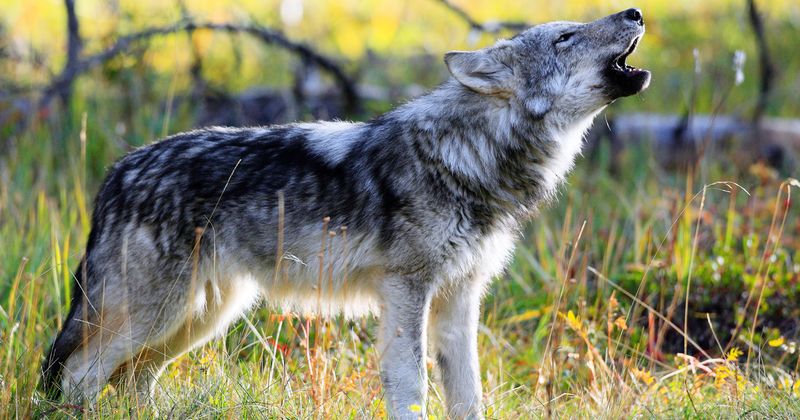
Gray Wolves are magnificent creatures, living up to 13 years in the wild. They are social animals, forming packs that work together to hunt and care for their young. Found in diverse habitats, they play a crucial role as apex predators.
Conservation efforts have helped restore wolf populations in parts of North America and Europe. Their adaptability and resilience make them a symbol of wilderness. Understanding their social dynamics provides insights into pack behavior.
Axolotl
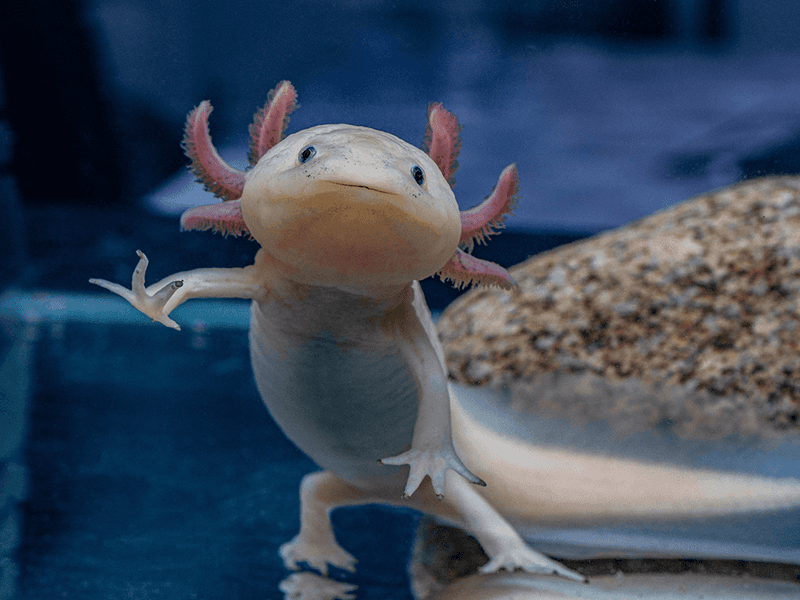
The axolotl, a unique amphibian native to Mexico, captivates with its intriguing appearance and regenerative abilities. These creatures can live up to 15 years in captivity, though their lifespan in the wild is often shorter due to environmental threats.
Unlike most amphibians, axolotls remain in their larval stage throughout life, a phenomenon known as neoteny. This trait allows them to retain their youthful features and regenerative capabilities, including the ability to regrow limbs.
As a critically endangered species, conservation efforts are crucial to ensuring the survival of axolotls in their natural habitat, Lake Xochimilco.

